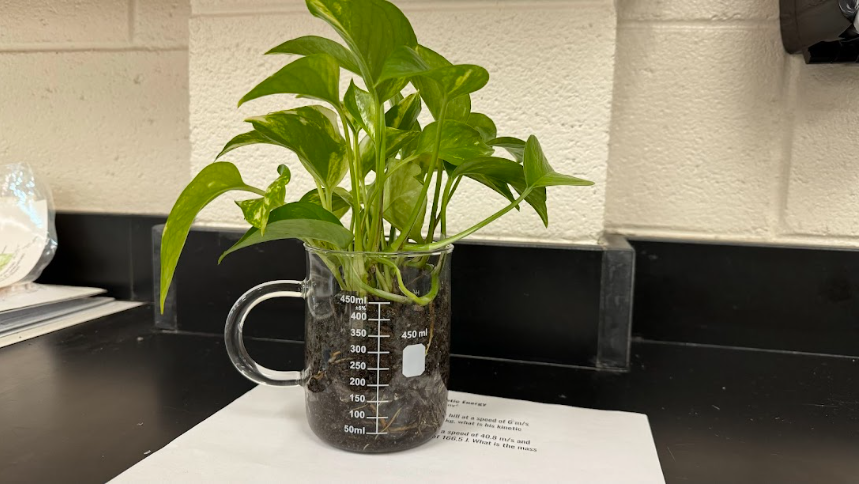Gallup’s 2018 polling numbers on the subject of climate change reveal a startling lack of belief in proven science. Only 64 percent of respondents said they believed climate change is influenced by human activities, compared to 97 percent or more of climate scientists. In addition to scientists, every major scientific association has endorsed the position that climate change is influenced by human activities.
54 percent of women and 42 percent of men are concerned about climate change, while 13 and 26 percent, respectively, are skeptical. People ages 18-34 (58 percent) are more likely than those 55+ (40 percent) to be concerned about climate change, signaling the benefit of educating about climate change in schools. 59 percent of college graduates are also concerned about climate change, compared to 44 percent of non-college grads.
Belief in climate change is more divided by political party affiliation. 81 percent of Democrats are concerned about climate change, compared to just 17 percent of Republicans. 45 percent of Republicans are skeptical about climate change, compared to just one percent of Democrats. The remaining respondents fell between those two parameters.
The large number of Republicans that remain skeptical about climate change are likely motivated by the party leader’s concurrent skepticism.
“In the beautiful Midwest, windchill temperatures are reaching minus 60 degrees, the coldest ever recorded. In coming days, expected to get even colder. People can’t last outside even for minutes. What the hell is going on with Global Warming? Please come back fast, we need you!” tweeted President Donald Trump Jan. 28.
While this tweet is indeed funny, it is not nearly as funny when you realize that he may be serious about what he’s saying. It sets a dangerous precedent when the leader of the free world misunderstands an issue so greatly that he mocks it. Trump, in his tweet, is referring to weather. Weather patterns are short term, while climate refers to long term trends in the Earth’s weather.
Over the past 50 years, the average temperature of the Earth has risen more than one degree fahrenheit in general and close to twice that in the Arctic. Warming and cooling of the earth does occur naturally but happens in cycles over thousands of years, rather than the short term warming that has been observed as of late.

When broken down, the cause of this short term increase becomes evident. Computer models found that changes in solar irradiance and volcanic aerosols have contributed only about two percent of the recent warming effect over 250 years. Solar irradiance and volcanic aerosols are natural contributors to the greenhouse effect, which is responsible for the earth’s recent warming. This means that the other 98 percent of greenhouse gas emissions come from a human-made source.
The greenhouse effect occurs when gases in the atmosphere trap solar radiation in the earth’s atmosphere, causing warming. Primary greenhouse gasses include carbon dioxide, nitrous oxide and methane, all of which are produced through the use of fossil fuels. Not so coincidentally, a rise in the amount of these gases present in the atmosphere directly coincides with the rise of industrialization and the increase of earth’s temperature.

The science says that the climate is changing and human activity does play a factor. Any attempt to deny these facts at this point is futile. Instead of directing our efforts into denying that an obvious issue exists, effort would be better put towards lessening the effects for future generations.














